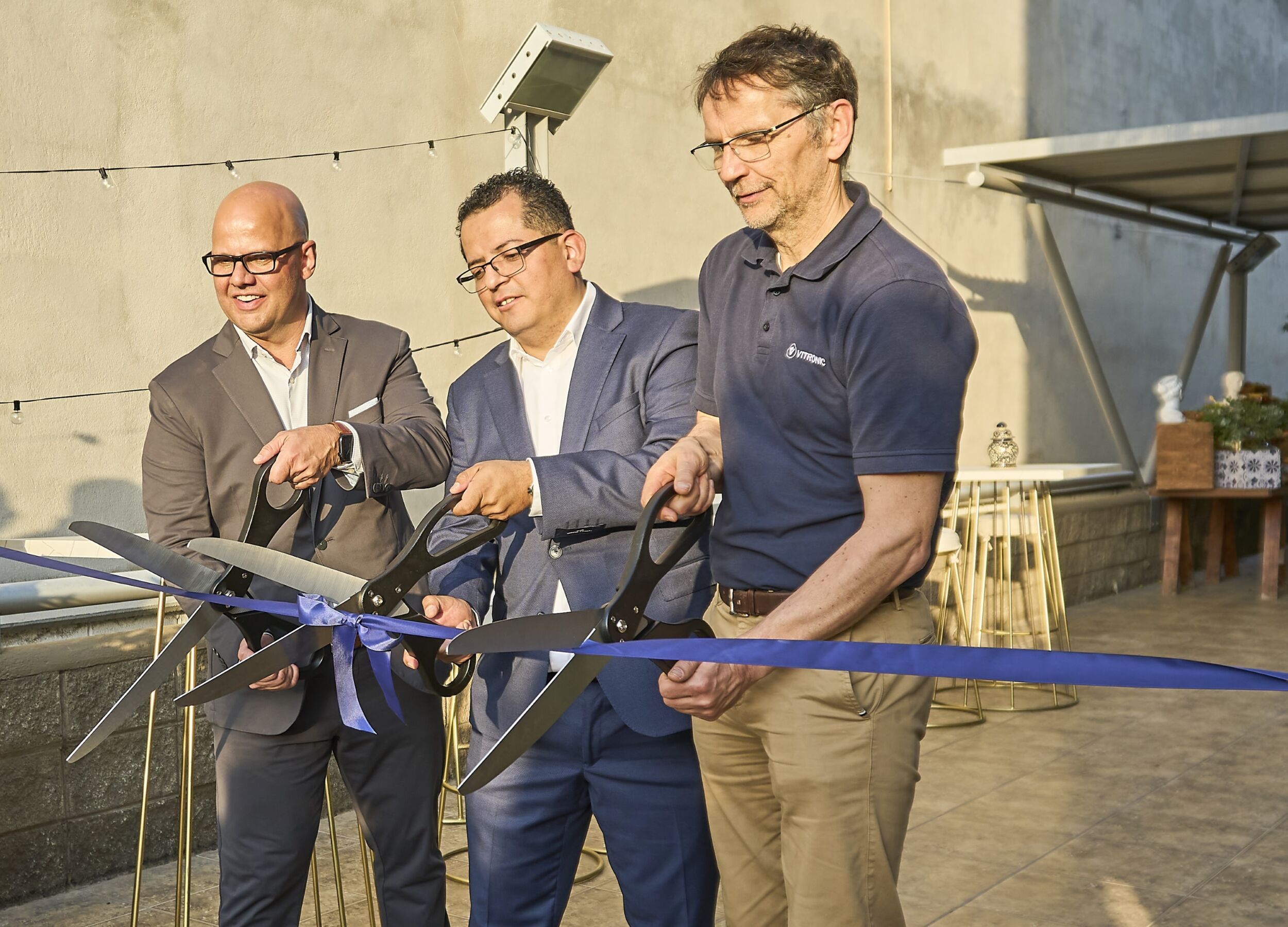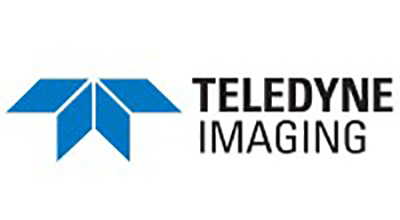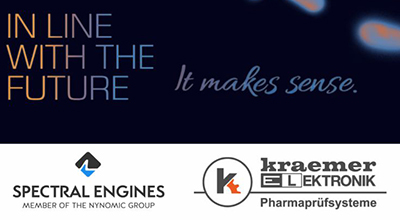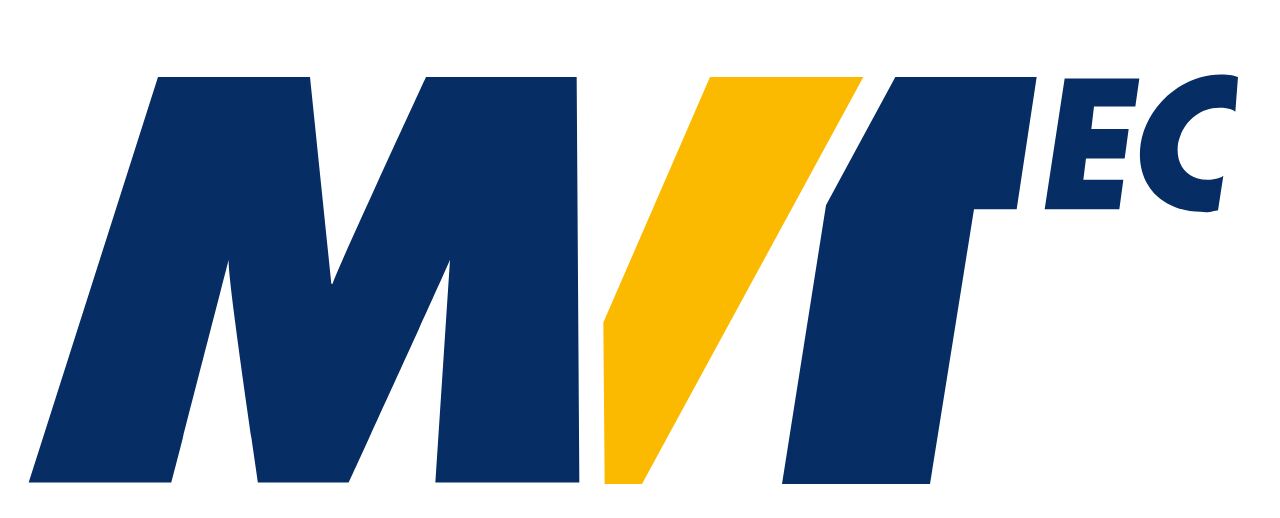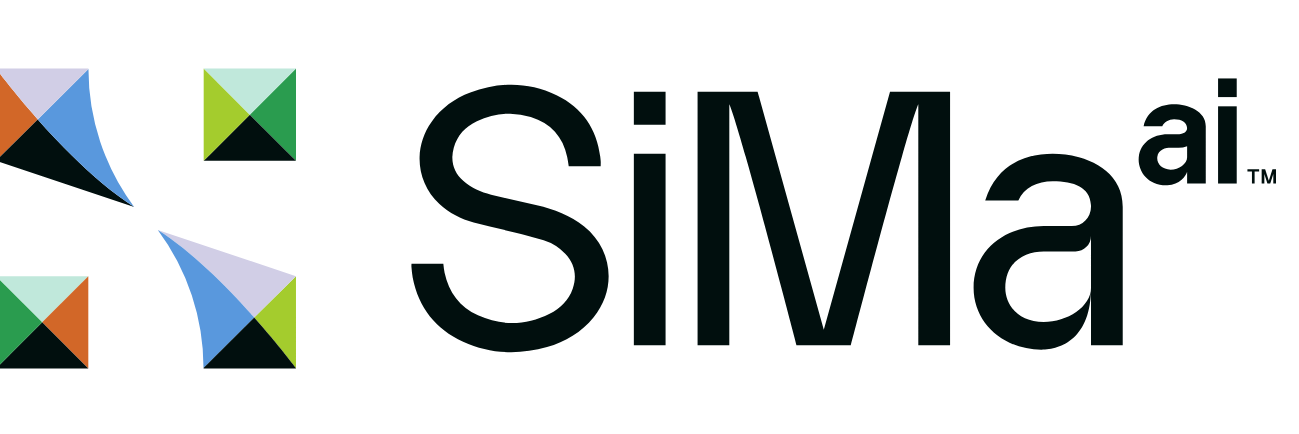Orchestration of
customer demand
Smart 3D sensors and their impact on Indutrie 4.0
Everyone is talking about Industrie 4.0 or Internet-of-Things (IoT). But which impact do smart 3D sensors like the Gocator have on these technology concepts? We spoke with Terry Arden, CEO of LMI Technologies, about the new possibilities of these sensors and big data analysis.
What impact do smart 3D sensors have on Industrie 4.0?
Terry Arden: Smart factories are built on sensory input, connected devices, and intelligent data analysis. Smart 3D sensors combine scanning, measurement, and control in a single device for 100% inline inspection. Smart sensors connect into the factory network to stream quality control data for pass/fail or optimization. Without smart sensors, factories run ´blind´ and cannot effectively use robotic automation or offer dynamic product line changes.
Will ´big data´ analysis be the next job for inspection system users?
Arden:´Big data´ analysis or deep learning is a job for the global industrial automation companies such as Honeywell and Siemens, as the data they require spans the entire factory and not just the data produced by inspection. Inspection systems already integrate SPC (statistical process control) and monitor out-of-tolerance trending with alarms. Big data takes that in addition to production demand data (now coming from social media), supply chain data, machine uptimes and cycle times, etc., to optimize at a factory production level. Big data is essentially automating the traditional MRP function to respond to customer trends.
Does this mean that data analysis will become more important than the measurement itself in the future?
Arden: Both are important. They are not mutually exclusive. One feeds into another. Sensors are feeding data on a local manufacturing process level whereas big data is analyzing data at a global demand and supply level.
How long will it take until these ideas become reality?
Arden: The ideas of the smart factory are already taking place. Automation is driving factories toward 100% inline inspection with robotic or automated handling. Instead of inventory warehouses, products are being produced on demand and the factory is an orchestration of customer demand input, minimizing inventory through kanban systems, dynamic assembly systems, combined with next day delivery of customized product as output.


